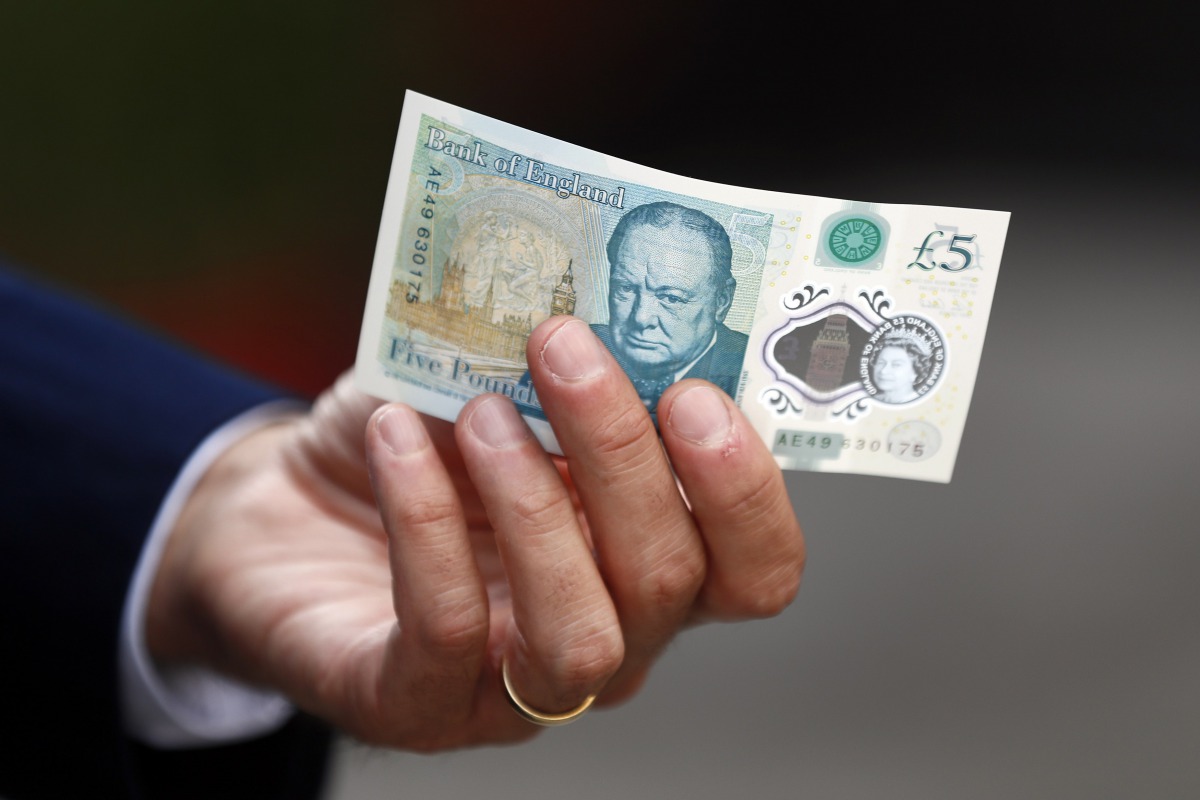Outlook for Sterling in 2025
Tue, 07 Jan 2025 12:56:00 | Print | Email Share:
Sterling was second only to the US dollar as the best performing G10 currency last year but, after the first trading day of 2025, it has turned out to be the worst. Of course, one day of trading does not reflect a trend.

However, sterling’s strength last year did seem to flag in the final quarter, and there may be genuine concerns that this weaker performance could extend through 2025.
In some senses,2024 seemed a year of two halves. The first half was marked by optimism that a (likely) Labour government could change the flagging fortunes of the UK economy. The July 4th election witnessed the shift to Labour Party but the economy actually started to flatline, and, after the October budget, the knives seemed to come out for both the economy and the pound. If we take sterling/dollar, for instance, the pound rallied from just over 1.25 at the start of 2024 to a high of nearly 1.35 in September before tumbling to around 1.24 today.
As mentioned, economic data and surveys of business/consumer confidence have turned down since the budget, but rising inflation has caused the Bank of England to be a bit more cautious about stimulating the economy than many might have hoped and expected. We said at the time of the budget that it was what we might call a ‘jam tomorrow’ fiscal statement, meaning that the pain (of tax hikes) would come first before the benefits of increased public spending would be seen over the long haul. If this view proves correct (as it seems to have done so far), it would seem to suggest that the pound will recover in time even if the near-term still looks tricky.
Adding to the damage has been the fact that Labour’s ‘go for growth’ strategy has not just failed to work up to now, but we’ve seen significant criticism of the strategy, not least from the new co-head of the US’s Department of Government Efficiency (DOGE), Elon Musk. Now Musk and the UK government have been at loggerheads for some while. Back in August, riots in the UK prompted Musk to criticise the Starmer-led government and it seems that relations have deteriorated ever since.
That’s unfortunate in some ways, firstly because Musk has now worked his way into a position in Trump’s administration and that may reduce the UK’s (already) slim chances of negotiating a free trade deal with the US. And secondly, because Musk could bankroll the new Reform Party in the UK, presenting another challenge to Labour.
However, there’s also a third way that Musk’s comments could weigh on sterling which could be even more damaging. These relate to the fact that Musk’s view that “very few” businesses are willing to invest in the UK seems to have a ring of truth about it. For while it is true that many UK companies are being snapped up by overseas buyers there is a sense that this is more because UK company valuations are so low given the stock market’s underperformance and diminishing global stature. This last observation also means that more companies are choosing to delist from the UK and go elsewhere, while others seeking a listing for the first time are increasingly choosing to list outside of the UK – often in the US.
This week will see 2023 data for inward and outward foreign direct investment. The 2022 data did not make pretty reading with the GBP22.9bn of inward FDI just over a half of the pre-pandemic figure in 2019, and far down on the GBP192bn high seen in 2016. Admittedly, the FDI numbers are very volatile and, like a lot of statistical data in the UK at the moment, rather sub-standard due to surveying problems.
Nonetheless, if there is a sense that Musk’s criticisms reflect not just personal ire at the Starmer government, but also a justifiable degree of concern, then sterling’s ability to rise up to meet the lofty growth goals of the Labour government will be severely compromised.
The Standard Bank believed that the first quarter of this year would see sterling slip into a 1.15-1.20 range against the US dollar. That’s nowhere near as bad as the near-parity levels under the previous Conservative government in September 2022, but it would still be a sign that sterling/US dollar bulls could have to wait some time for their jam.
By: BUSINESS FORUM MAGAZINE
Source: https://en.diendandoanhnghiep.vn/outlook-fornbsp-sterling-in-2025-n41859.html
---------------------------------------------
Same category News :













